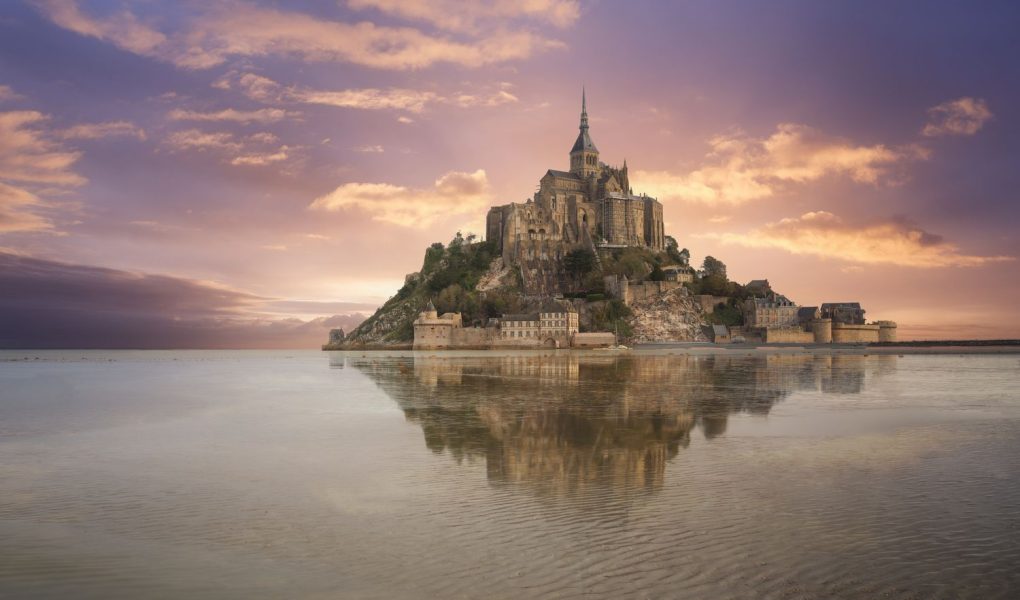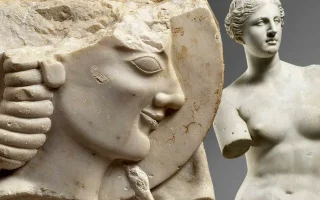kilkennybookcentre.com – France is a country steeped in history and culture, boasting numerous UNESCO World Heritage Sites that reflect its rich legacy. These sites, ranging from prehistoric cave paintings to medieval castles and revolutionary monuments, offer a glimpse into the diverse cultural heritage that has shaped the nation. Each site is a testament to the country’s enduring influence on art, architecture, and civilization.
Prehistoric Marvels: The Cave of Lascaux
One of the most awe-inspiring examples of France’s cultural heritage is the Cave of Lascaux, located in the Dordogne region. Discovered in 1940, the cave contains some of the finest examples of prehistoric art, with over 600 paintings and engravings dating back to around 17,000 years ago. The intricate depictions of animals and symbols are not only a testament to early human creativity but also provide valuable insights into the lives of Paleolithic peoples.
The Significance of Lascaux
The Cave of Lascaux was inscribed on the UNESCO World Heritage List in 1979, recognizing its outstanding universal value as a masterpiece of prehistoric art. The site has since become a symbol of human ingenuity and artistic expression, attracting visitors and researchers from around the world.
Medieval Masterpieces: The Castles of the Loire Valley
The Loire Valley, often referred to as the “Garden of France,” is home to a series of magnificent castles that are emblematic of medieval architecture and culture. These castles, built between the 10th and 16th centuries, are not only architectural marvels but also reflect the political and social developments of the time. The Château de Chambord, with its stunning French Renaissance architecture, and the Château de Chenonceau, spanning the Cher River, are among the most famous of these sites.
The Loire Valley’s Cultural Impact
The castles of the Loire Valley were inscribed on the UNESCO World Heritage List in 2000, highlighting their significance as exceptional cultural landscapes. These sites are a testament to the power and wealth of the French monarchy and the evolution of architectural styles over centuries.
Revolutionary Monuments: The Palace and Park of Versailles
The Palace of Versailles, located just outside Paris, is a symbol of the absolute monarchy that ruled France for much of the 17th and 18th centuries. Built by Louis XIV, the Sun King, Versailles became the center of political power and cultural innovation. The palace’s opulent interiors, vast gardens, and architectural grandeur reflect the height of French Baroque style.
Versailles’ Historical Significance
The Palace and Park of Versailles were inscribed on the UNESCO World Heritage List in 1979, recognizing their role as a center of political and cultural life during the Ancien Régime. Versailles is also closely associated with the French Revolution, making it a pivotal site in European history.
Conclusion: A Legacy of Cultural Excellence
France’s UNESCO World Heritage Sites are a testament to the country’s enduring cultural heritage and its significant contributions to world civilization. From the prehistoric art of Lascaux to the medieval castles of the Loire Valley and the revolutionary monuments of Versailles, these sites offer a window into the diverse and rich history of France. They stand as a reminder of the importance of preserving cultural heritage for future generations and the enduring legacy of French culture on the global stage.




